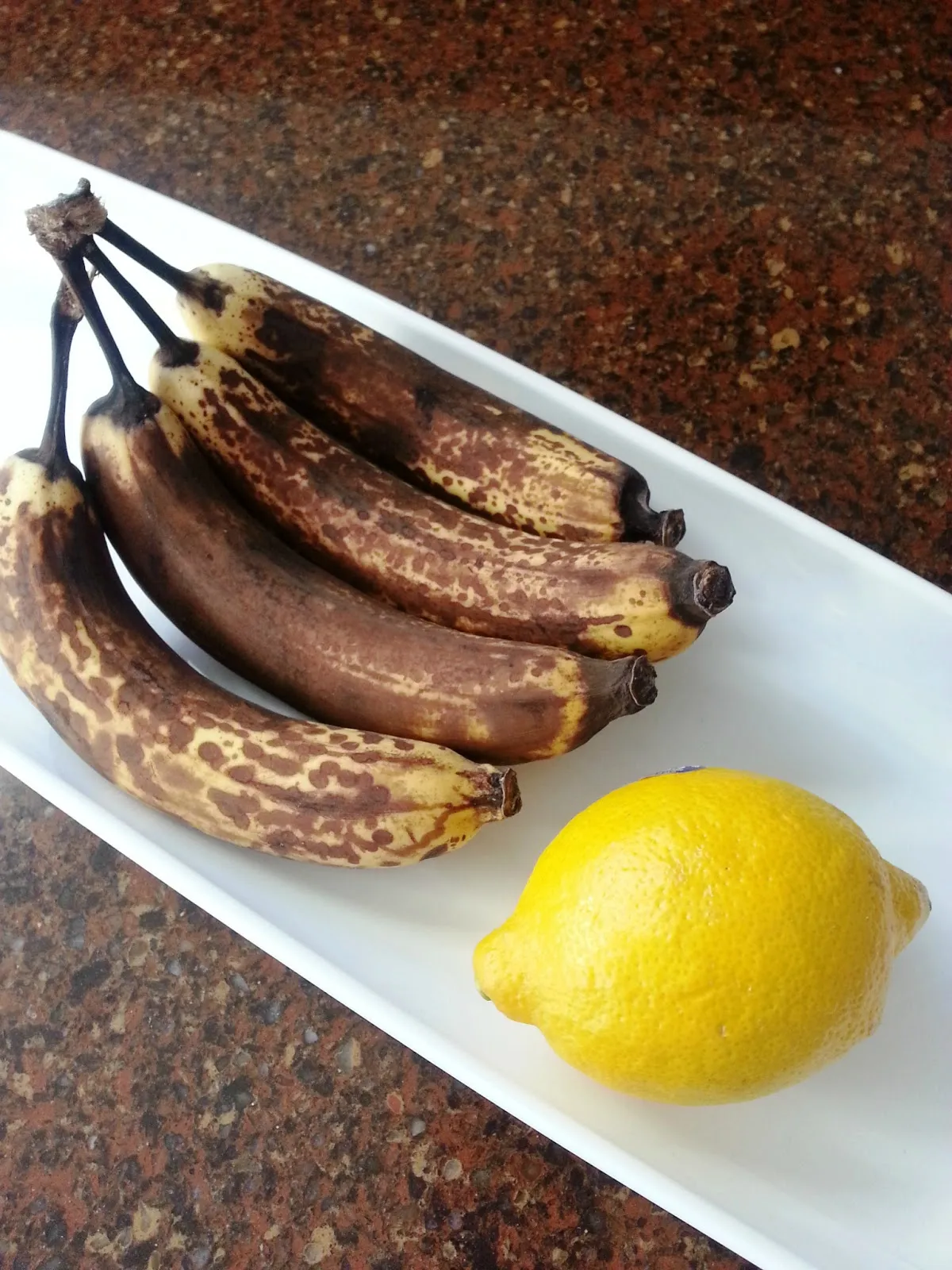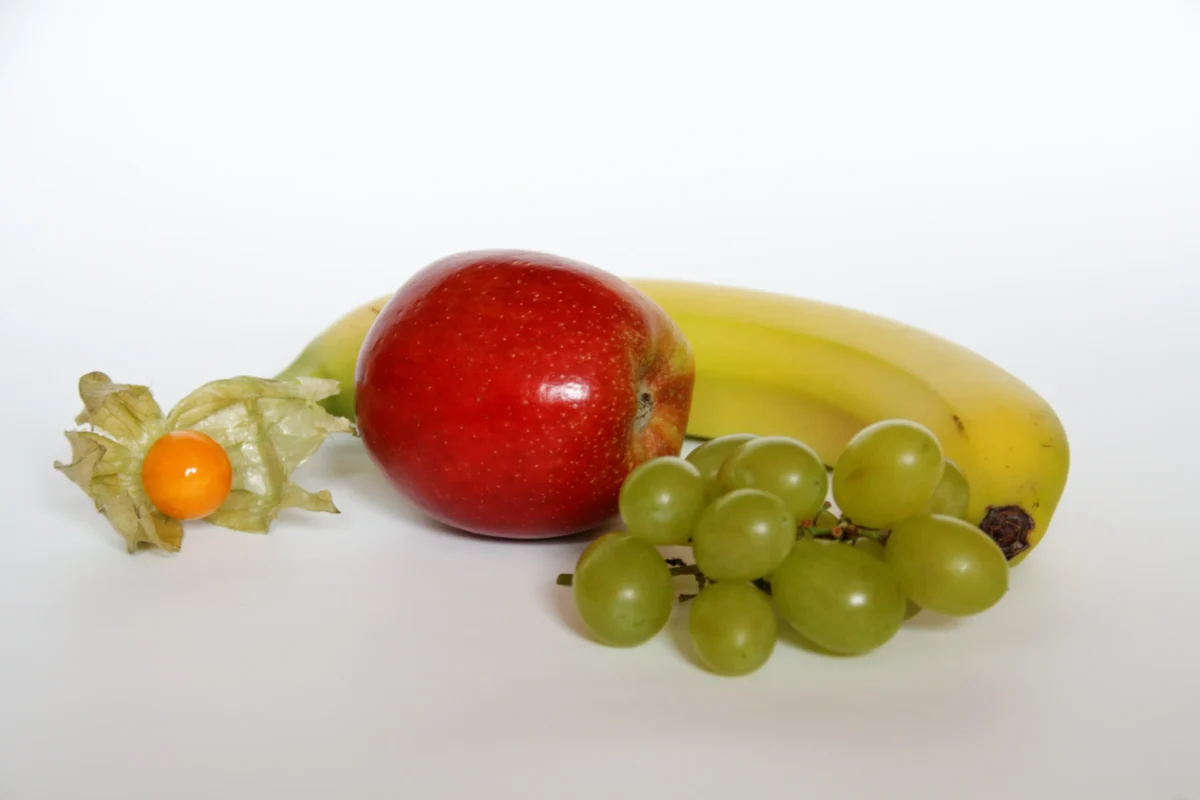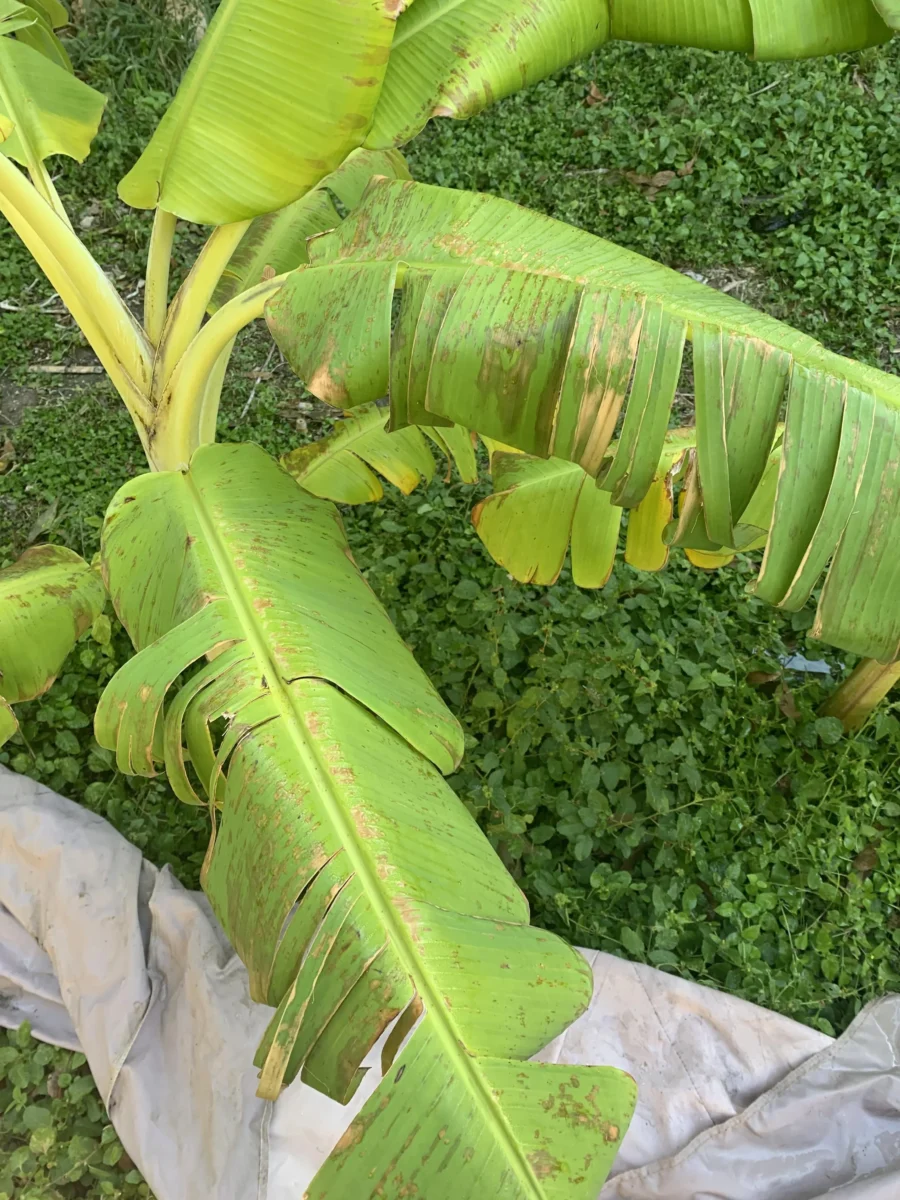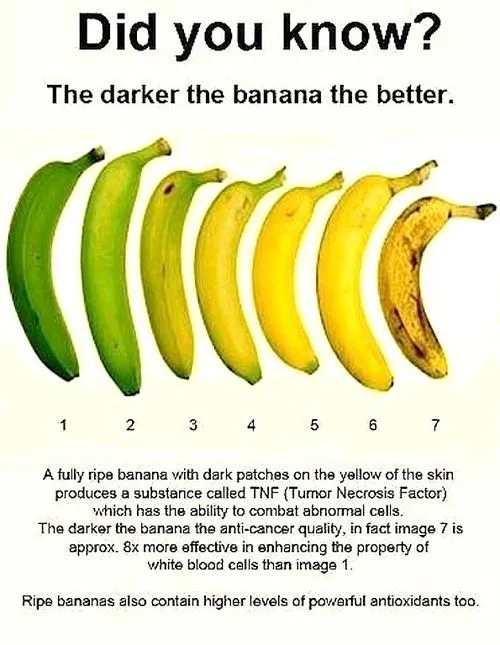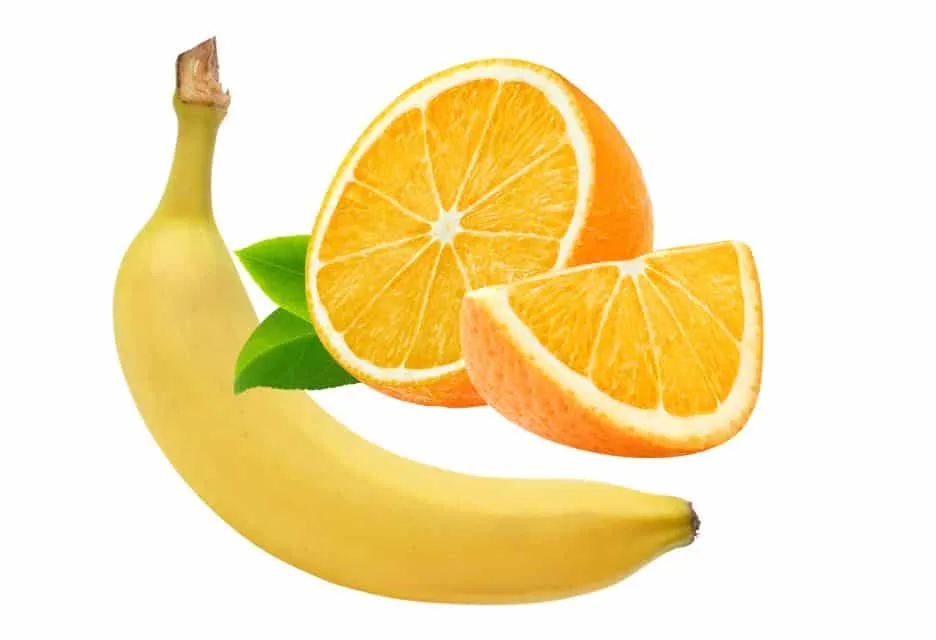Understanding the Lifecycle of Bananas: Why Do Bananas Go Bad and How to Prevent It
Bananas are a beloved fruit for their convenience, delicious taste, and versatility in recipes. However, even the most avid banana lover has encountered a decaying banana, and it’s not a pretty sight. The process of bananas going bad is a natural occurrence that can be influenced by various factors. In this article, we’ll dive into what causes bananas to go bad, the stages of a banana’s life cycle from fresh to spoiled, how to tell when a banana is going bad, and tips for using up overripe bananas. Whether you’re a fan of smoothies or banana bread, understanding the lifecycle of bananas can help you prevent waste and make the most of your fruit. So, read on to learn more about why bananas go bad!
What causes bananas to go bad?
Bananas are a beloved fruit, known for their sweet and creamy texture. However, as anyone who has left a banana on the counter for too long knows, they can quickly go bad. But what causes this process of decay?
The answer lies in the natural ripening process of bananas. Bananas naturally produce ethylene gas as they ripen, which triggers a series of biochemical reactions that lead to the breakdown of starches into sugars and the softening of the fruit.

However, this same ethylene gas can also speed up the decay process once bananas have reached their peak ripeness. As the fruit begins to break down from within, it becomes more susceptible to bacterial and fungal growth that can cause further spoilage.
External factors such as temperature and moisture levels can also play a role in how quickly bananas go bad. Exposure to heat or humidity can accelerate the ripening process and hasten spoilage.
To prolong the life of your bananas, it’s best to store them in a cool, dry place away from other fruits and vegetables that may produce ethylene gas. And if you do find yourself with overripe or spoiled bananas on your hands? Don’t despair – there are plenty of delicious recipes out there that make use of ripe or even mushy bananas!
The stages of a banana’s life cycle, from fresh to spoiled.
The life cycle of a banana begins with its growth on a banana plant. As the fruit matures, it changes color from green to yellow or even brown, indicating that it is ripe and ready to eat.
Once plucked from the plant, bananas have a relatively short shelf life. They can be stored at room temperature for a few days until they start to become overripe and develop brown spots on their skin. At this stage, they are still edible but may have a softer texture and sweeter taste.
As bananas continue to ripen and age, their skin becomes darker and more mottled, indicating that the fruit is becoming spoiled. Eventually, the flesh inside will turn mushy and brown as bacteria breaks down its sugars.
While some people may discard overripe or spoiled bananas as waste, these fruits can still be used in various ways such as baking banana bread or making smoothies.
Understanding the stages of a banana’s life cycle can help consumers make informed decisions about when to purchase them for optimal freshness and flavor. It also highlights the importance of reducing food waste by finding creative ways to use produce even after it has passed its prime.
How can you tell when a banana is going bad?
Bananas are a popular fruit that is enjoyed by many people around the world. However, it can be difficult to tell when a banana is going bad. Luckily, there are a few signs that you can look for to determine if your banana is still good.
Firstly, take a look at the skin of the banana. If there are any dark spots or bruises on the skin, this could indicate that the fruit is starting to spoil. Additionally, if you notice any mold growing on the skin of your banana, it’s definitely time to toss it out.

Another way to tell if your banana is going bad is by its smell. A ripe and fresh banana should have a sweet and pleasant aroma. However, as bananas start to spoil they will emit an unpleasant odor which indicates decay.
Finally, you can also check for changes in texture and color of the fruit itself. As bananas begin to spoil they become softer and may develop brown spots or streaks on their flesh.
By keeping an eye out for these signs you can ensure that you only eat fresh and healthy bananas. So next time you’re shopping for this delicious fruit keep these tips in mind so you don’t end up with overripe or spoiled bananas!
Tips for using overripe bananas.
Overripe bananas are a common occurrence in households around the world. While many might see them as an inconvenience, there are actually many creative ways to use up these mushy fruits.
One of the simplest tips for using up overripe bananas is to freeze them. Simply peel the banana and place it in a freezer-safe container or bag. Frozen bananas can be used later for smoothies, banana bread, and other baked goods.
Another great way to use overripe bananas is to make banana pancakes. Mash up the bananas with some flour, baking powder, eggs, and milk to make a batter. Cook the pancakes on a griddle or frying pan until golden brown and serve with your favorite toppings.

« if banana is apple apple is grapes
The Ultimate Guide to Knowing When Your Banana Bread is Done: Tips and Tricks for Perfect Baking! »
For those who have a sweet tooth, overripe bananas can also be used in desserts like banana pudding or banana cream pie. Baking them into cookies or muffins is another delicious option that will leave your taste buds singing.
Overall, don’t let those overripe bananas go to waste! With just a little creativity and some simple ingredients, they can be transformed into tasty treats that will keep you satisfied for days on end.
Check out our other articles to find out even more about banana.
Understanding the life cycle of a banana can make it easier to spot when they are going bad. Knowing what causes bananas to go bad and the signs to look out for should help ensure that you get maximum use out of your fruit. If you would like to learn more about bananas, be sure to check out our other articles!

